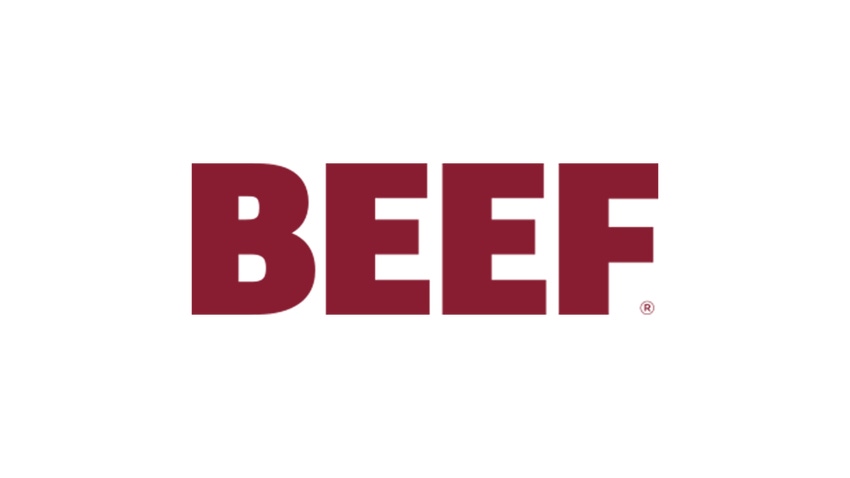Some Folks Need A Refresher On Economics 101
Some of the industry comments made this week were simply surreal, demonstrating a very limited knowledge or concern about basic economics. For example, the idea was advanced this week by one blogger that the money invested in the muscle-profiling project, which resulted in cuts like the flat iron steak, were a waste of dollars.

Some of the industry comments made this week were simply surreal, demonstrating a very limited knowledge or concern about basic economics. For example, the idea was advanced this week by one blogger that the money invested in the muscle-profiling project, which resulted in cuts like the flat iron steak, were a waste of dollars. Roughly, it was argued that there were better cuts available, and we should be focusing on things like smaller portion size.
All value for cattlemen is derived from carcass value, which is ultimately dictated by consumer demand and preferences. I’m not trying to be overly simplistic here, but if someone thinks we are better off selling a product at grinding prices vs. steak prices, we have a problem. (See "Consumers Drive The Beef Industry" elsewhere in this newsletter.)
These new cuts generated by the Beef Value Cuts program increased the overall value of the carcass; as a result, the prices we receive for our calves were increased, as well. If we can take a cut that was being ground up for hamburger and was worth a few dollars a pound and turn it into something that sells for multiple dollars per pound, that’s a pretty good deal!
Meanwhile, portion size has been a top-of-mind issue since before the first national beef quality audit. Certainly consumers are consuming smaller portions; just go to a mid-tier steak chain and look at the number of 10-oz. and smaller steaks being offered. Ask Sysco or others if they would like a better selection of smaller cuts and they will respond affirmatively.
We’ve known for a long time that we can’t just slice steaks thinner to reduce size, because it creates palatability issues. Of course, the industry has gone to new cutting techniques, better sorting of the cooler, etc., to address these issues, but why haven’t we seen the economic signal to produce smaller cattle sent back through the production chain? It’s because the economics simply aren’t there to justify the change.
Everyone understands the importance of pounds, through-put and capacity utilization in today’s business models. Size/pounds increases economic and often biological efficiency. Calculate the price premium that must be captured to justify producing cattle with 9-in. ribeyes and it becomes very obvious that consumers aren’t willing to pay for what they say they want.
We have to keep in mind that portion issues are related to a very small percentage of the carcass, and yet size affects everything. I liken it to asking consumers if they want side airbags in a vehicle they intend to buy. They almost always say they do, but when presented with the cost associated with having them, very few consumers are willing to pay the price for those benefits.
Industry consolidation is a similar issue. No one wants it but it’s been happening since before the first tractor was invented; and is likely to continue because it makes economic sense. It all comes back to building demand domestically and globally … that is, if we want to grow our industry.
About the Author(s)
You May Also Like




.png?width=300&auto=webp&quality=80&disable=upscale)
